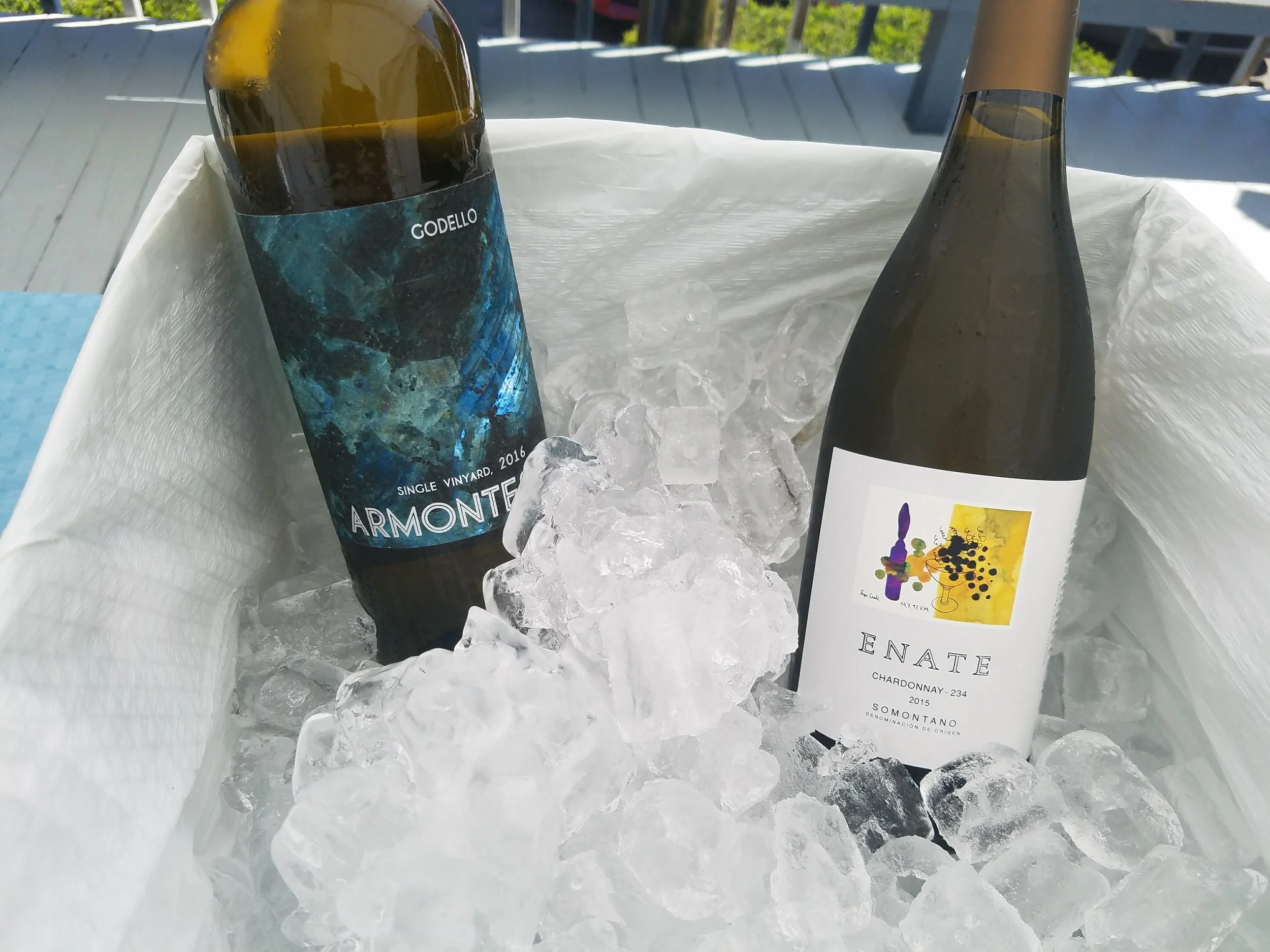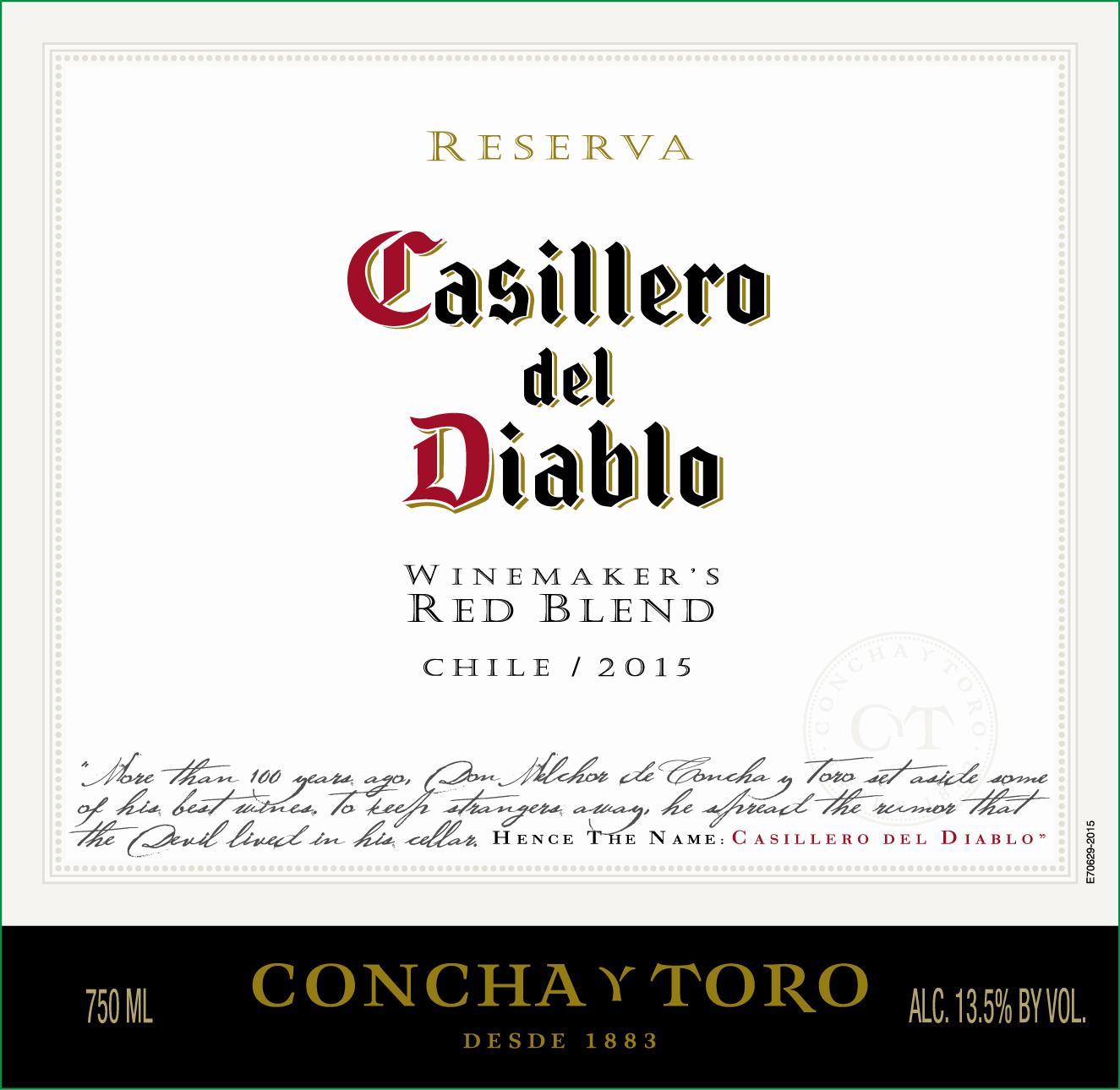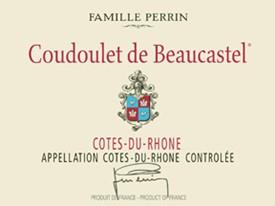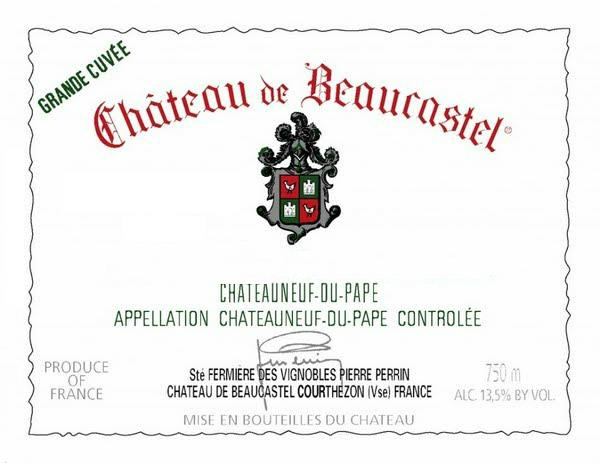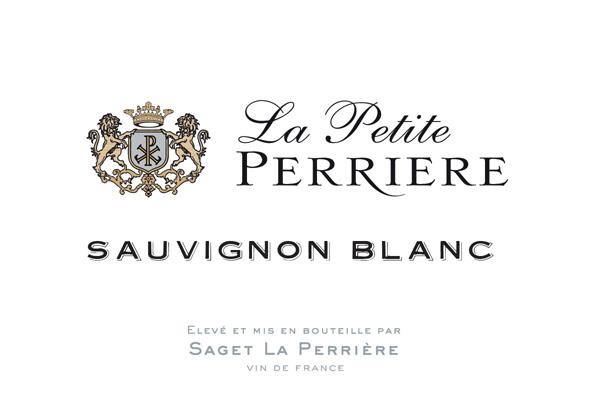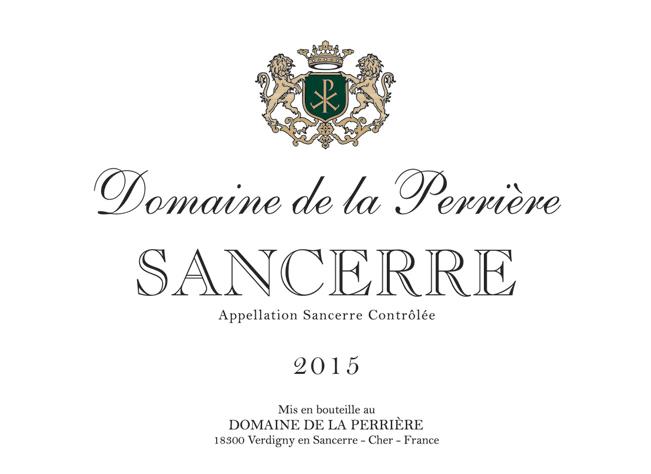Aquavit: The Drink That Stumped Me
During my WSET studies several years ago, The Greatest Wife In The World would frequently (and happily) help me get in tune with my tasting skills by showing up with random wines and spirits brown bagged to sample blindly. It was really a great way to keep my on my toes while exploring all the alcohol the world had to offer. On a day where I sent my kids back to school to get smarter and off each other's backs, I share with you one heck of an educational brown bag tasting session.
It was the WSET Spirits Unit that I was working on one spring day; while I had a great appreciation for whiskey already, getting to know and love many other spirits was very rewarding. I was doing very well, identifying different types of rum, different styles of vodka, and liqueurs of various quality levels. But there was one spirit that really messed with my head. It was clear as if I was holding a glass of water. When I stuck my nose in the glass, it was aromatically intense. It smelled like something that would come from Northern or Eastern Europe, but the nose was too forward to be vodka. On the other hand, the intensity would be the same strength of gin, but it was missing the distinct Christmas tree scent. It was not tropical and fruity like a high-proof white rum. On the palate, it felt like some sort of grain...like a really strong vodka. This spirit had something distinct about it that I just couldn't put my finger on, but it really felt like I was drinking a glass of liquid rye bread. What the hell is this?? I just blurted out that it was a rye-based vodka like Belvedere when I made my guess.
The item that tripped me up in my spirits studies...which I will never forget again.
It turns out, I was drinking something called aquavit (sometimes written as "akvavit"). This Scandinavian specialty is based on caraway seed, which is redistilled with a neutral grain spirit. Other botanicals, as with gin, can be blended in with the caraway spirit; some of these botanical choices often include coriander, cumin, fennel, and citrus. Aalborg, the producer's aquavit that I sampled that day, uses amber in its botanical recipe. The resulting spirit is a pungent, mouthwatering aperitif that will get your stomach ready for large quantities of food; this is what makes aquavit so popular for Scandinavian feasts. Conversely, I feel like aquavit can be a fantastic digestif after chowing down all day long thanks to the properties of caraway.
Additionally, an aquavit producer can age the spirit in casks. Oftentimes it is done in large neutral oak to mellow out some of the sharp flavors, but aquavit has been shown to age in Sherry cask, Port cask, or Madeira casks, giving more complex spiciness as well as traces of the flavor absorbed from the wine cask.
I will never forget the taste of aquavit ever again. It makes a mark on your senses the same way Gewürztraminer does for the first-time wine drinker as far as the distinct, wild, pungent flavors and aromas go. If you are looking for something different to stock in your bar, aquavit is the way to go. Here are three examples for you to try!
Aalborg Taffel Akvavit, Denmark ($28): The word "Taffel" simply refers to an unaged/clear aquavit. This is the one that tripped me up, and the strength of the caraway is complemented by turmeric and dill. Fresh and lively, it is a great way to prime the pump before chowing down on sausages or roast pork.
Lysholm's Linie Original Aquavit, Norway ($28): Linie might be the most popular aquavit on the market today; you can find this in Disney's Epcot Center World Showcase if you go to Norway. This spirit is based on a potato distillate, leading to a creamy, soft texture. The spirit is then aged in Oloroso Sherry casks, to impart vanilla and brine notes. A fine example of a cask-aged aquavit!
Lyshom's Linie Double Cask Madeira Finish, Norway ($40): Take Linie's Original recipe example from above then, rather than age the spirit in Oloroso Sherry casks, transfer to old Madeira casks for 12 months. This example is rich, savory, and earthy, with bright citrus notes acting as a foil to the weight of the spirit. A real treat to enjoy at the end of a big meal.




